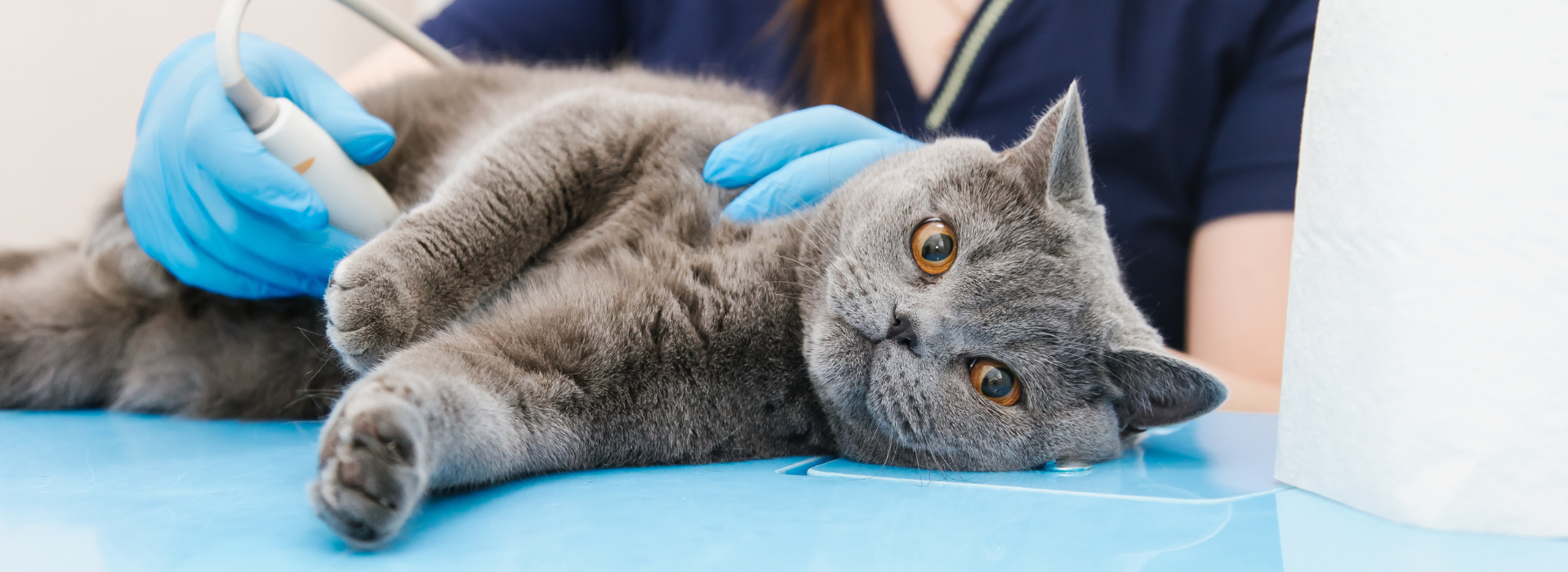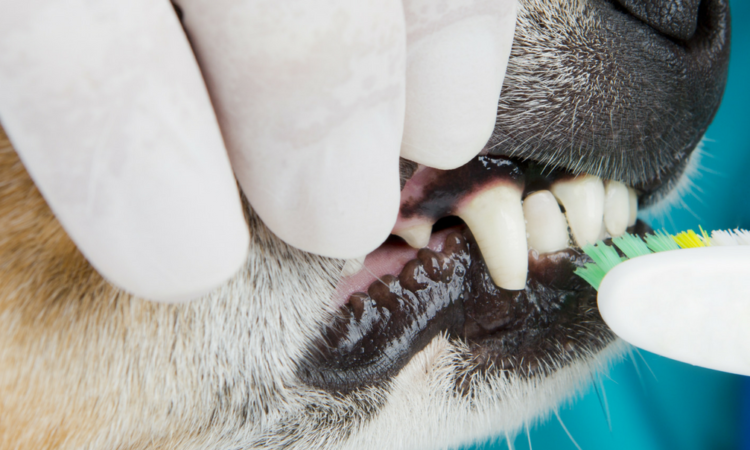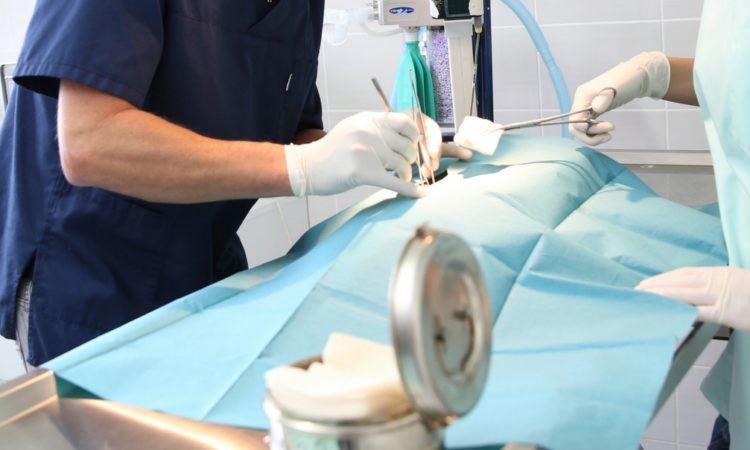At our hospital, we use imaging diagnostics so we can get your pet the treatment they need. We have qualified technologists to perform and interpret results from radiographs (X-rays) and ultrasounds. These technologies allow us to see your pet’s internal organs and diagnose health issues. Ultrasounds are used to examine the tissue of an organ, while X-rays can evaluate its size or shape. We often use both tools to get a better understanding. To learn more about ultrasounds and X-rays, please call us at 705-322-2661.
What is an ultrasound or X-ray?
During an X-ray, a beam passes through your pet’s body and hits a piece of radiographic film. Images on the film appear as shades of gray and reflect the animal’s anatomy. Bones appear as light gray structures because they absorb more light. Soft tissue such as the lungs absorb fewer beams and appear as dark gray structures.
For ultrasounds, a sonographer uses a computer with a handheld wand to perform the procedure. The area of interest will be shaved, and a gel will be applied to that section. The wand glides over the gel and emits sound waves that echo and bounce off internal structures. An image is shown on the computer screen, and the veterinarian will interpret the picture.
What can an ultrasound detect?
Here are the reasons why an ultrasound may be required for your pet:
- Your pet has a heart condition. Echocardiograms can determine if your pet has a heart problem and what treatment they need.
- To identify foreign objects
- To detect internal hemorrhage or pneumothorax in emergencies
- To examine internal organs like the kidney, liver, spleen, urinary bladder, and lymph nodes. This tool can also examine soft tissues like the eyes, thyroid glands, ligaments, etc.
- To diagnose pregnancy
When are X-rays helpful?
Radiology is used to provide diagnostic information about your pet’s internal structures, such as:
- The skeleton
- Gastrointestinal tract: stomach, intestines, large bowel
- Respiratory tract: lungs
- Heart
- Urinary system
Will my pet need to be sedated?
Ultrasounds don’t require any sedation, but we may sedate pets during X-ray scans. Some pets may find it difficult to keep still while the snapshot is taken, so we administer a sedative. Due to radiation safety regulations, we don’t allow pet owners to be in the room.






